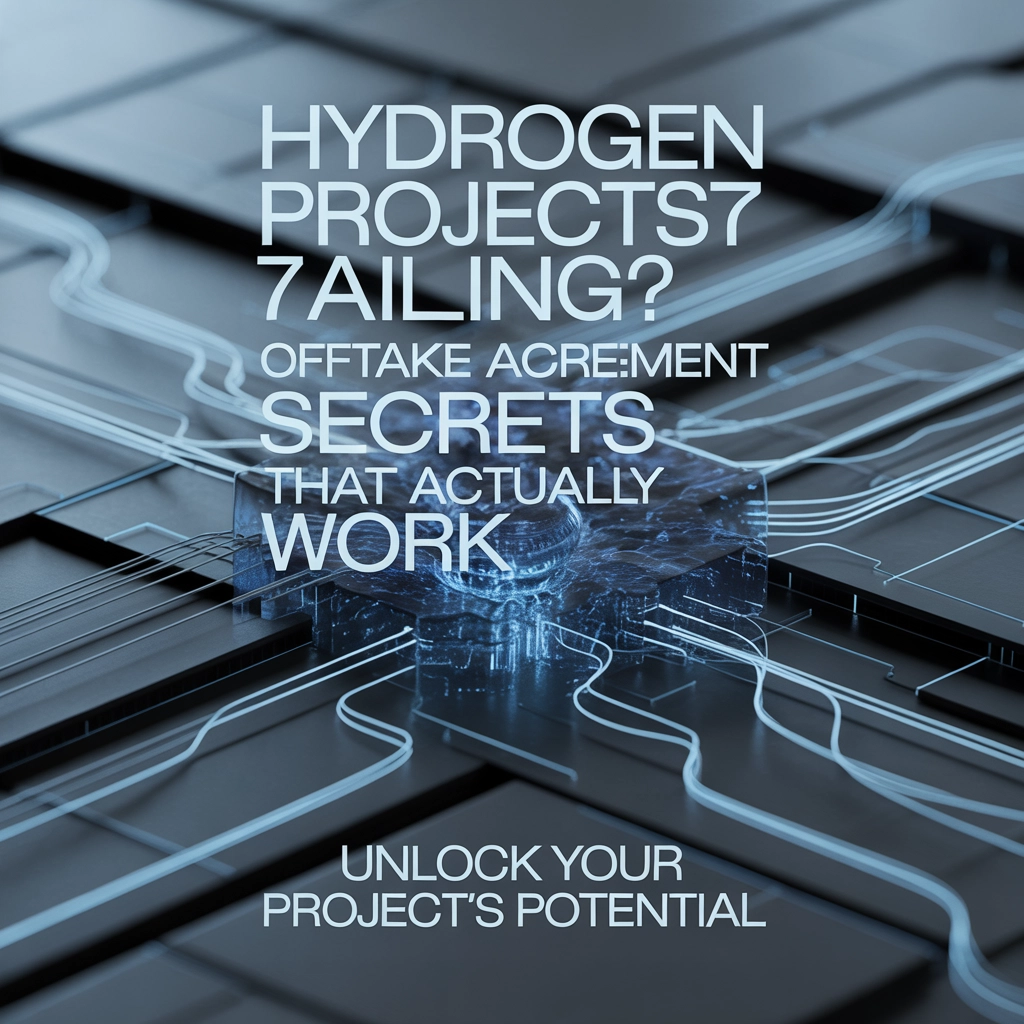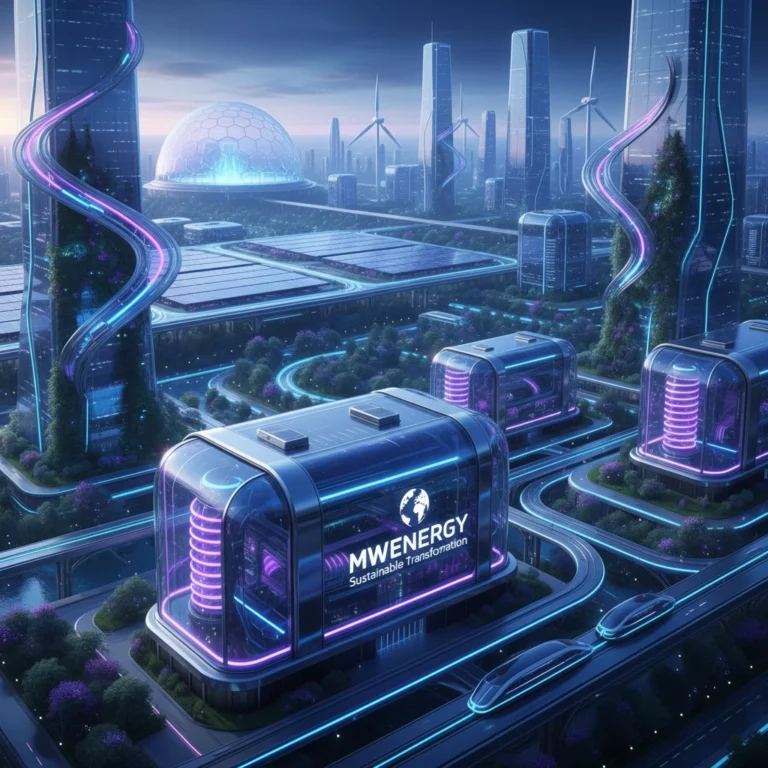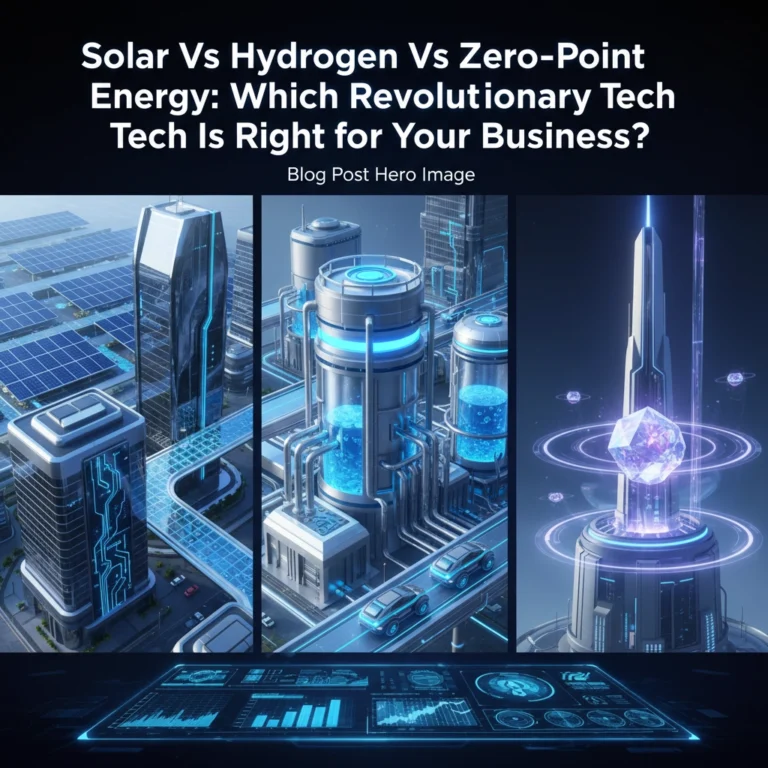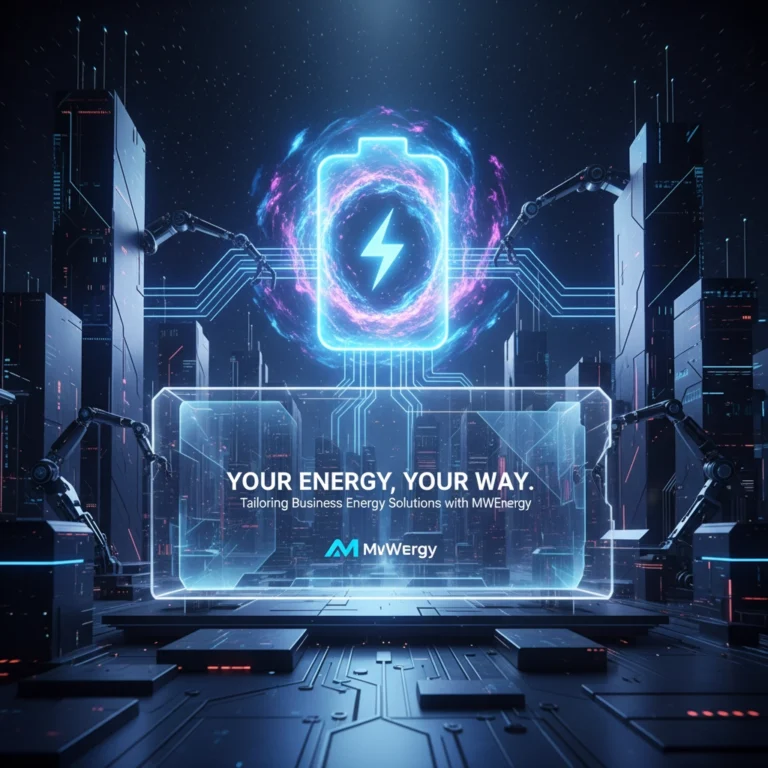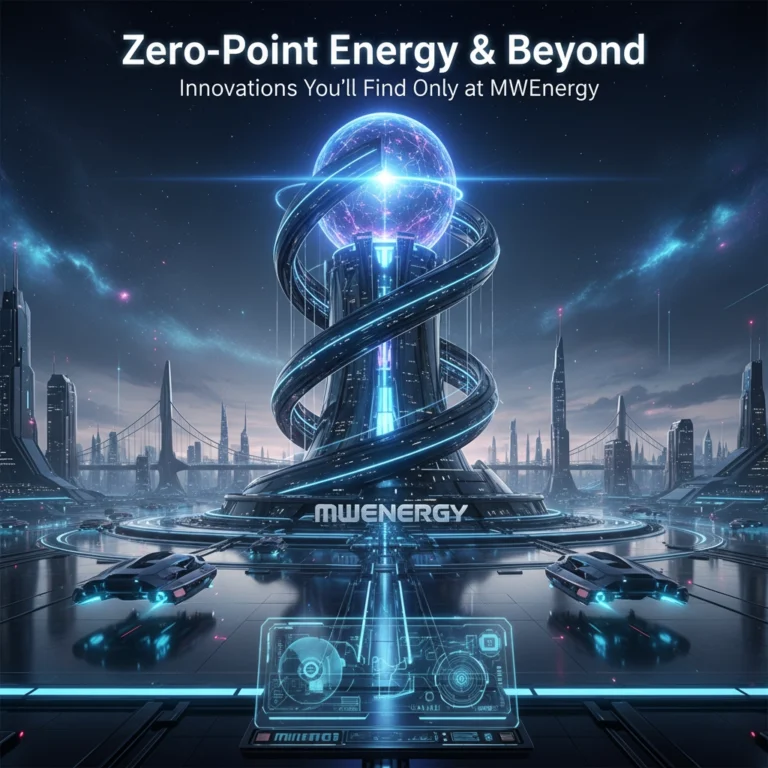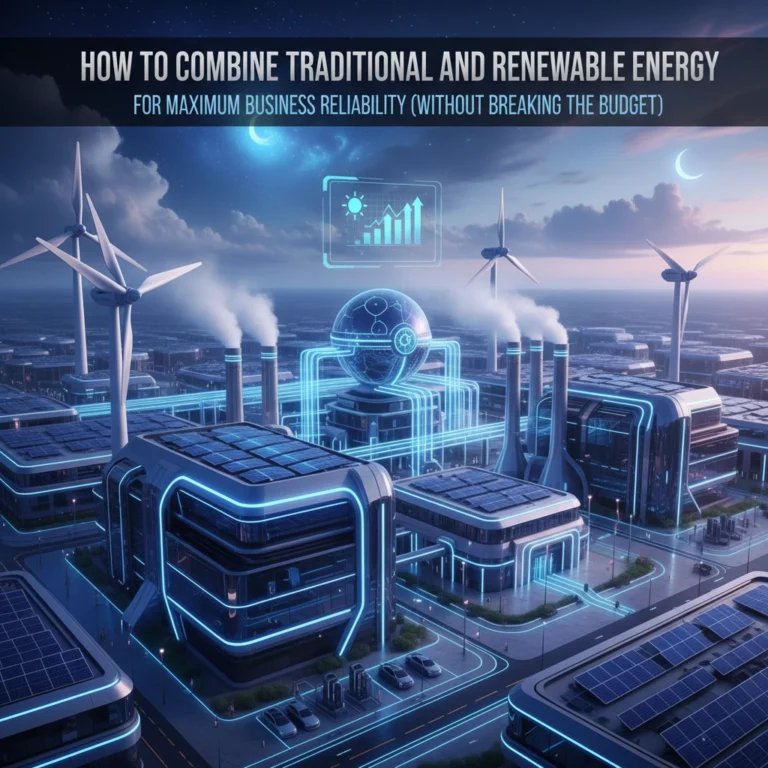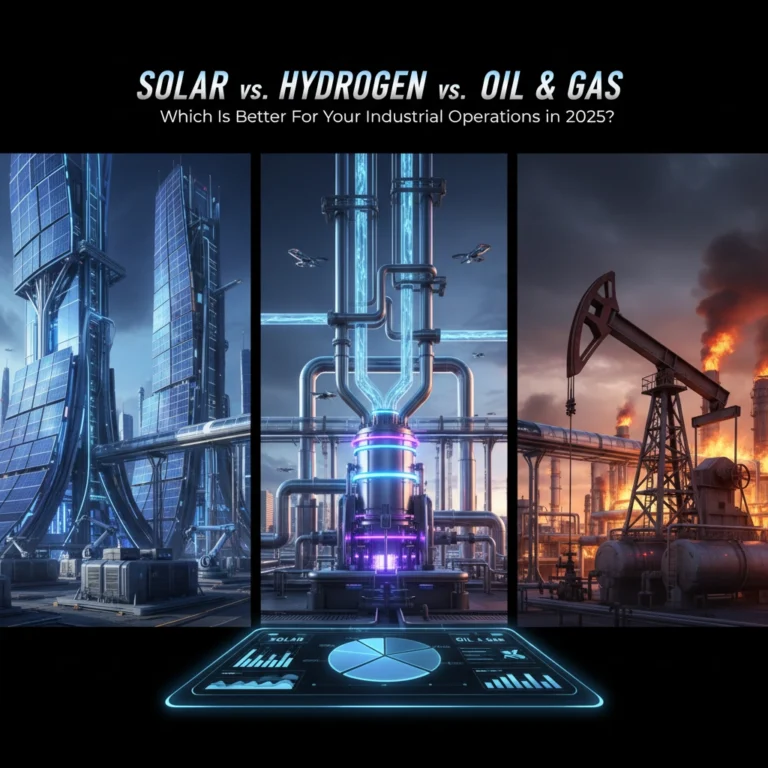Hydrogen Projects Failing? 7 Offtake Agreement Secrets That Actually Work
The hydrogen industry is bleeding money. Billions of dollars in investments have evaporated in 2025 alone, with major players like BP, Cleveland-Cliffs, and ExxonMobil canceling massive projects worth hundreds of millions each. Even operational facilities are struggling – China's 260MW Kuqa facility, the world's largest green hydrogen project, is limping along at just 20% capacity due to technical failures.
But here's the thing: while most projects are crashing and burning, some are actually succeeding. The difference? They've cracked the code on hydrogen offtake agreements.
After analyzing the wreckage of failed projects and studying the rare success stories, we've identified seven critical secrets that separate viable hydrogen ventures from expensive disasters.
Secret #1: Lock in Long-Term Take-or-Pay Agreements
The brutal truth about hydrogen? There's no merchant market. Unlike natural gas or oil, you can't just produce hydrogen and expect someone to buy it at market rates. That's why the most successful projects start with rock-solid, long-term offtake agreements featuring take-or-pay structures.
Under these arrangements, buyers must either take the hydrogen and pay for it, or simply pay for it regardless. This isn't just nice-to-have protection – it's absolutely essential for project financing. Banks won't touch hydrogen projects without guaranteed revenue streams, and for good reason.
The projects that survive have offtakers legally committed to 10-15 year agreements with binding payment obligations. This provides the revenue certainty that makes the difference between a fundable project and another canceled headline.

Secret #2: Build in Flexible Volume Guarantees
Here's where many developers get it wrong. They push for rigid minimum production targets to maximize revenue guarantees, but this creates a ticking time bomb when technical issues inevitably arise.
Smart agreements balance minimum volume commitments with operational flexibility. The China Kuqa disaster proves this point perfectly – when electrolyzers from three different manufacturers started failing, rigid production targets became impossible to meet. The facility couldn't safely produce hydrogen when receiving less than 50% of maximum electrical input, creating massive problems with intermittent renewable power.
Successful projects negotiate minimum volume floors for financing purposes while including force majeure provisions and technical downtime allowances. This protects both parties: developers get revenue certainty while buyers avoid paying for hydrogen that can't be reliably delivered.
Secret #3: Demand Real Market Signals, Not Hype
One of the biggest killers in hydrogen project failures is the lack of genuine demand signals. About 13% of canceled projects died because developers confused ambitious adoption forecasts with actual market demand.
The winning projects don't just secure letters of intent or expressions of interest – they lock in binding commitments from buyers with real operational needs and budget authority. This means going beyond the hydrogen hype cycle and finding offtakers who have specific, immediate use cases for the product.
Export-oriented projects face even bigger challenges here. Distance from end markets creates additional uncertainty, which is why many Australian and Middle Eastern export projects have stalled. The successful ones have secured long-term shipping contracts and end-user commitments before breaking ground.
Secret #4: Address the Cost Gap Head-On
Let's be honest: clean hydrogen is expensive. Way more expensive than most early projections suggested, especially after inflationary pressures hit supply chains. High production costs are directly contributing to project cancellations, even when offtake agreements are in place.
The projects that survive don't pretend this problem doesn't exist. Instead, they build cost-sharing mechanisms into their offtake agreements. This might include:
- Inflation adjustment clauses tied to specific cost indices
- Government subsidy pass-through provisions
- Shared technology risk provisions for early-stage deployments
- Volume-based pricing tiers that improve economics at scale
These mechanisms acknowledge that hydrogen is still an emerging technology where costs are hard to predict, but create frameworks for sharing both risks and benefits as projects mature.

Secret #5: Secure Policy and Regulatory Certainty
The hydrogen sector runs on subsidies and government support – that's just reality right now. When funding doesn't materialize or auction bids fail, projects die quickly. But policy uncertainty works both ways.
The most successful projects are located in jurisdictions with clear, long-term hydrogen policies and established subsidy frameworks. In the EU, regulations like REDIII with clear penalties have enabled developers to create robust business cases, particularly for refinery applications.
Smart developers also structure their offtake agreements to account for policy changes. This includes provisions that adjust pricing based on subsidy availability and regulatory compliance requirements that protect both parties from policy shifts.
Secret #6: Lock Down Complete Infrastructure Integration
Here's a killer insight from the failures: you can't just focus on hydrogen production. You need the entire supply chain secured before signing offtake agreements.
Kanata Clean's blue hydrogen project in Prince Rupert failed because it lacked natural gas supply, CO₂ storage, and export terminal infrastructure. The company realized too late that it needed an "energy corridor" rather than just a production facility – an expensive lesson that cost investors millions.
Successful projects secure:
- Feedstock supply agreements (renewable power, natural gas, or water)
- Transportation and storage infrastructure access
- End-user delivery capabilities
- Backup systems for supply chain disruptions
This integrated approach might seem obvious, but the number of projects that failed due to incomplete infrastructure planning suggests it's often overlooked.
Secret #7: Start Small and Scale Smart
The final secret might be the most important: resist the temptation to go massive immediately. Many failed projects tried to leap directly into large-scale operations without adequate technology validation.
TC Energy's liquid hydrogen export project was shelved after a feasibility study revealed production costs were too high and infrastructure risks unmanageable. The project's scale amplified inherent inefficiencies – liquid hydrogen requires cooling to -253°C with 30% energy losses just for storage.
Winning projects often start with smaller, commercially viable applications and scale up based on actual performance data. This approach allows developers to:
- Validate technology performance under real conditions
- Build operational expertise gradually
- Establish proof-of-concept for larger financing rounds
- Adjust offtake terms based on actual rather than projected costs
The Bottom Line
Over 20% of hydrogen companies have either gone into receivership or pivoted away from hydrogen entirely. The industry's current crisis demonstrates that optimistic projections and loose offtake agreements are a recipe for disaster.
But the projects that are succeeding prove there's a path forward. It requires structured risk allocation, realistic cost modeling, and genuine demand validation rather than wishful thinking.
The hydrogen economy isn't dead – it's just growing up. The companies that understand these seven secrets will be the ones still standing when the market matures.
If you're developing hydrogen projects or considering offtake agreements, the lessons from recent failures are clear: hope is not a strategy, but careful planning and risk management can turn hydrogen dreams into profitable reality.
Ready to explore hydrogen opportunities the right way? Learn more about our hydrogen solutions and how we're helping clients navigate this challenging but promising market.

